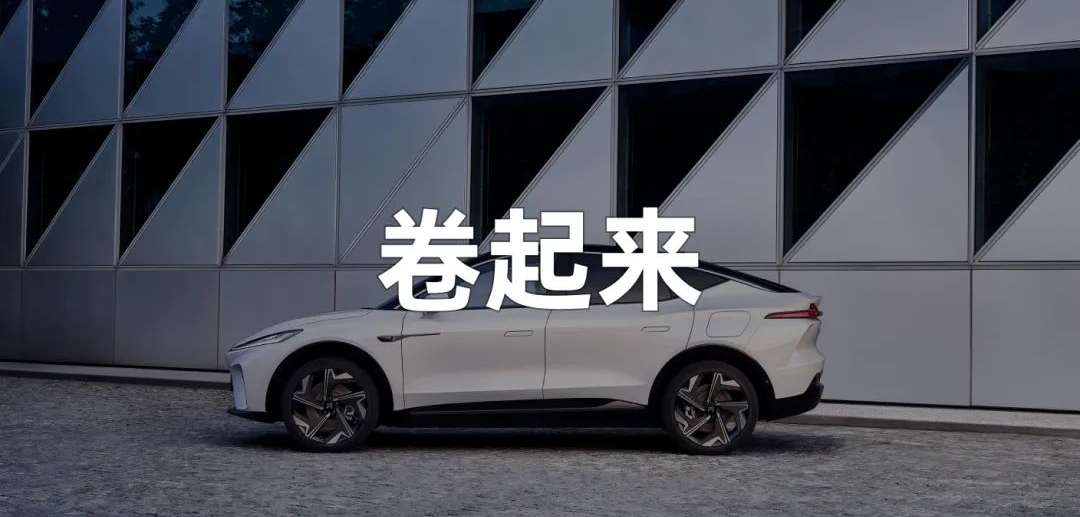FlyFun R7 officially launched today, with a final price of 302.5-369.5 thousand yuan. FlyFun R7 also supports sales of “car and electric separation”, with a whole vehicle price of 205.9-256.9 thousand yuan after “car and electric separation”.
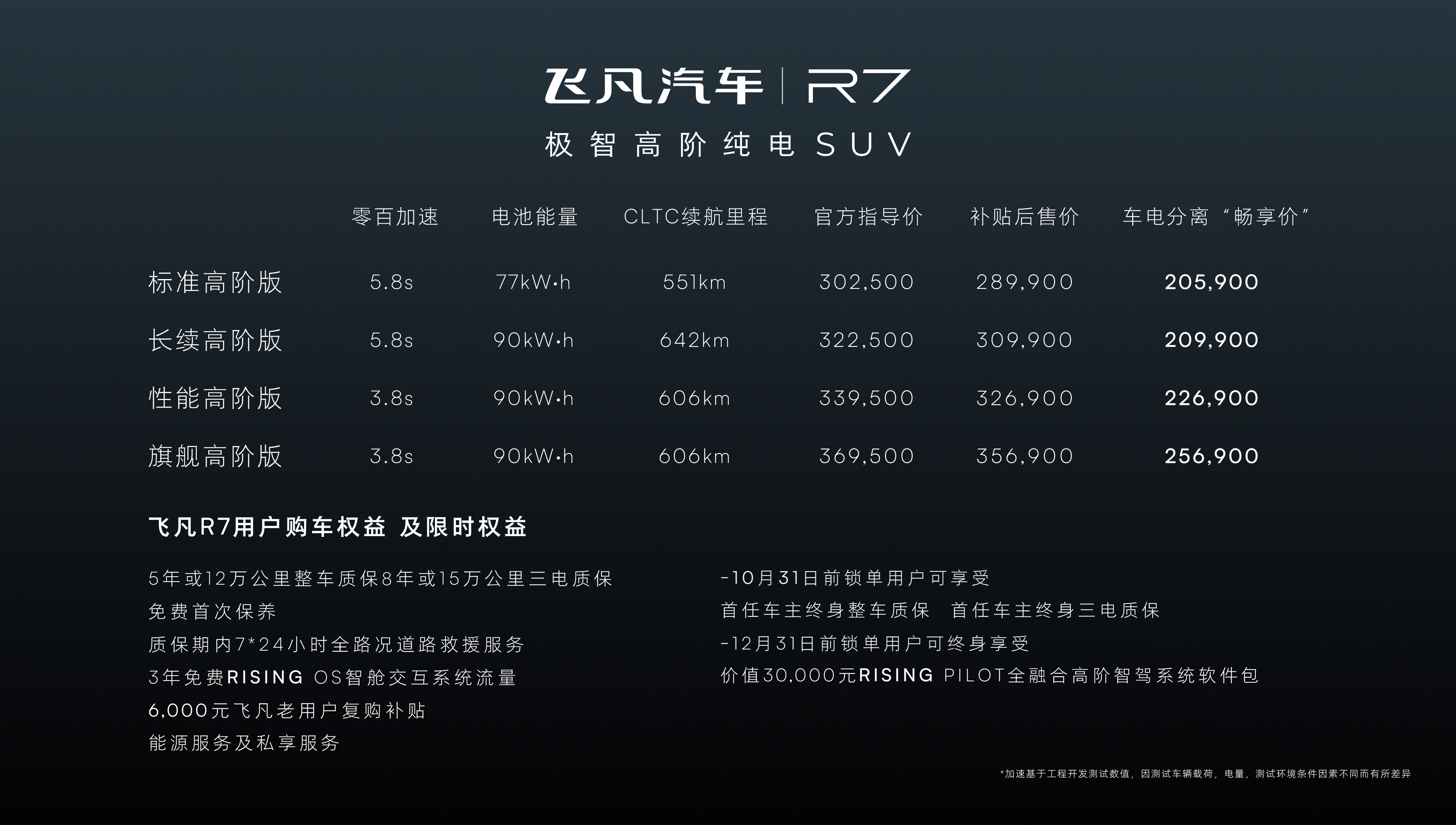
As for equity, users who place orders before October 31 can enjoy lifelong vehicle quality assurance as the first vehicle owner and lifelong quality assurance of the three electric subsystems as the first vehicle owner. Users who lock orders before December 31 can enjoy the RISING PILOT full-integrated high-level intelligent driving system software package worth 30,000 yuan for life.
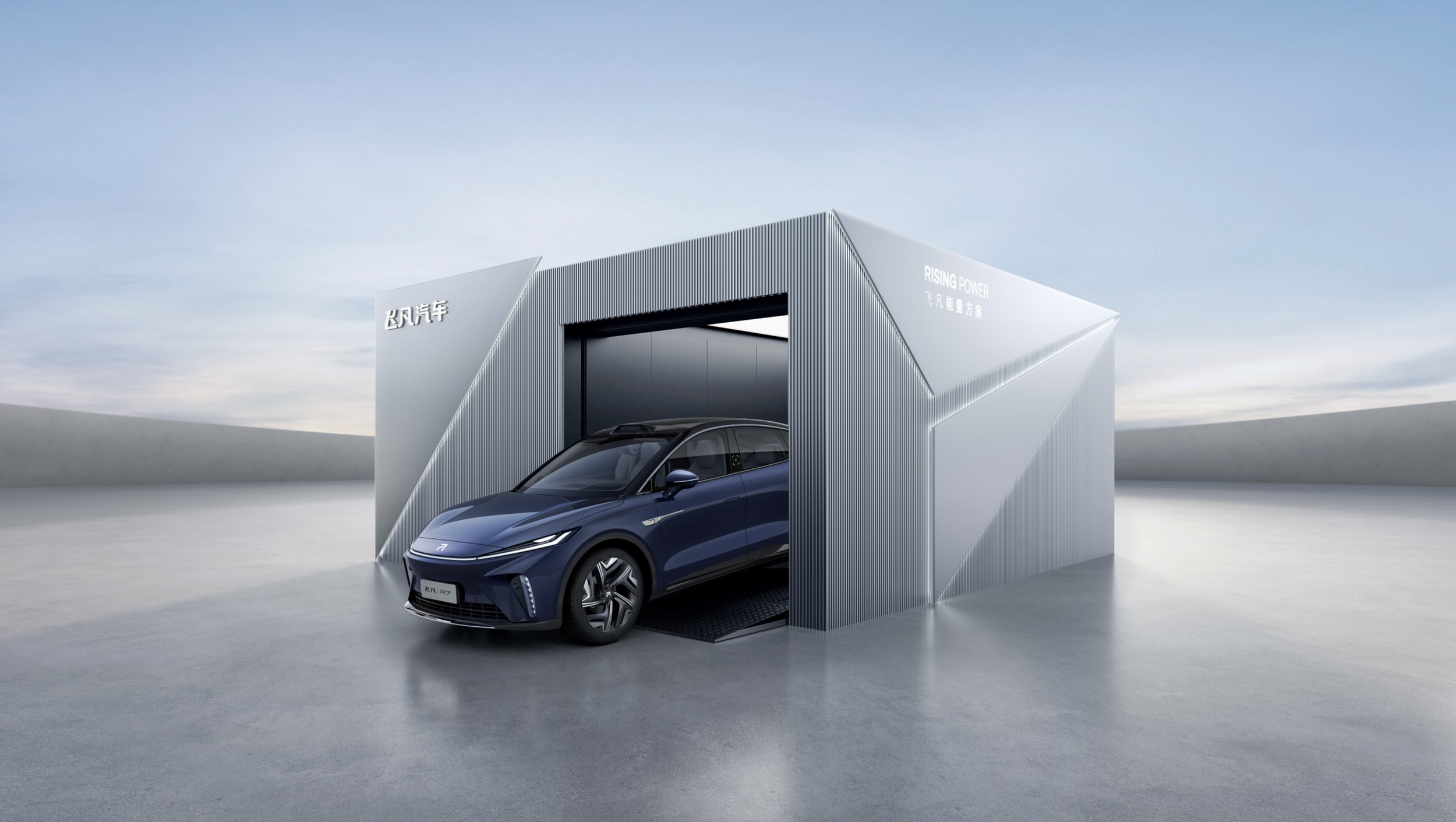
There is no doubt that FlyFun R7 has plunged into the most competitive market of 300,000 yuan pure electric SUVs.
A few days ago, after a benefit adjustment of XPeng G9, AWETVA, which had been silent for a month, also suddenly announced adjustment of the first group of vehicle owner benefits. In addition to extending the vehicle’s whole-vehicle quality assurance and three electric subsystem quality assurance to life-long guarantee, it also added Huawei’s full set of auxiliary driving software and an additional 12,000 yuan optional installation fund, making the already crowded market of 300,000 yuan bracket more competitive. Looking ahead, an Ideal L7 arrow is also looming.
Compared with the above-mentioned models, FlyFun’s action is cleaner and more concise, hitting the target in one step. Leaving price aside, how competitive is FlyFun R7?
How competitive is FlyFun R7?
Every Inch Counts

In the market of 300,000 yuan-level SUVs, size has always been one of the factors we cannot ignore. Grasping consumers’ demand for space is also one of the early secrets of Japanese cars leading the market.
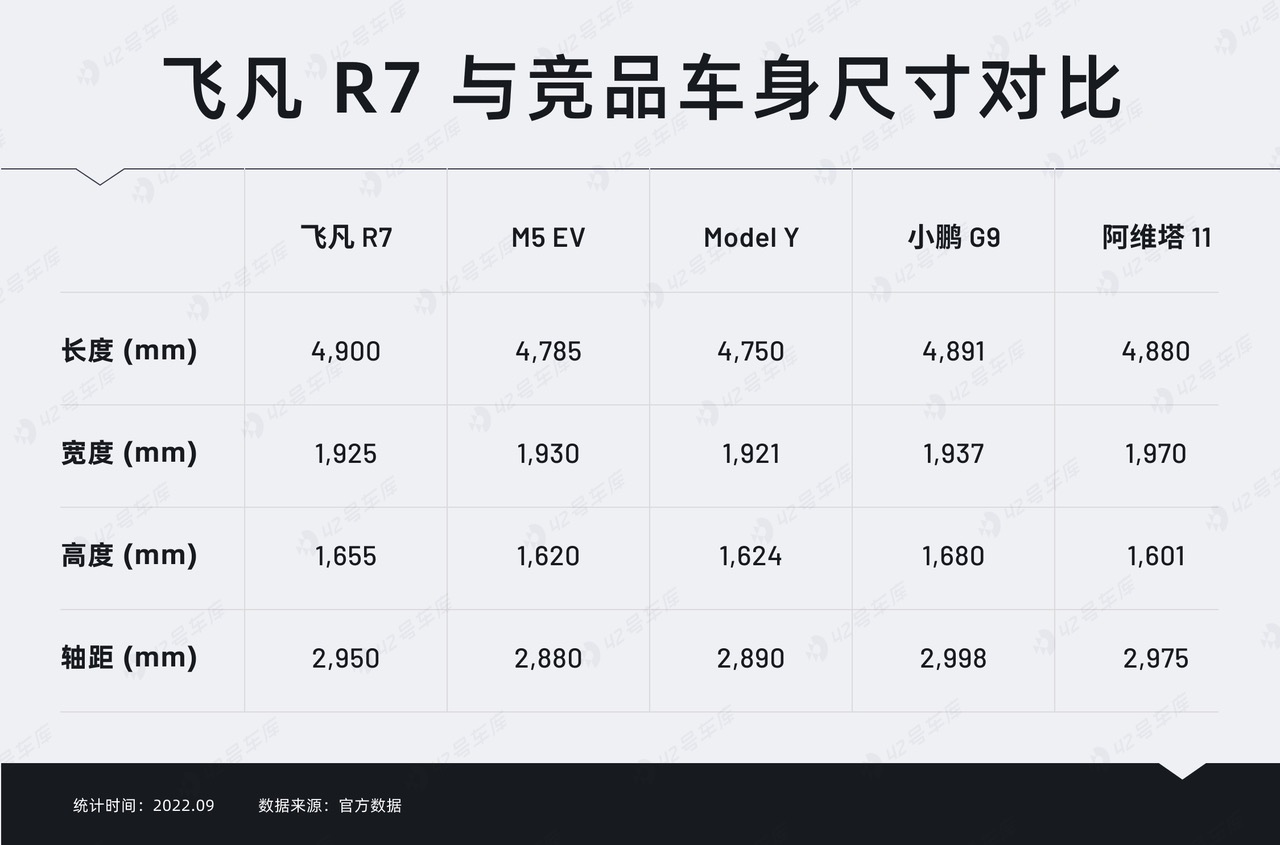 Starting from the most basic and in-demand aspect — the three-dimensional axis distance, the RisingAuto R7 outperforms its potential competitors in terms of body length, with a corresponding axis distance of 2,950mm. Together with a width close to 2 meters and a car height of 1,655mm, it definitely satisfies daily driving needs.
Starting from the most basic and in-demand aspect — the three-dimensional axis distance, the RisingAuto R7 outperforms its potential competitors in terms of body length, with a corresponding axis distance of 2,950mm. Together with a width close to 2 meters and a car height of 1,655mm, it definitely satisfies daily driving needs.
The obsession with size in the 300,000 RMB SUV market not only comes from practical scenarios, but also largely from a concept frequently seen in car delivery articles — “presence”.
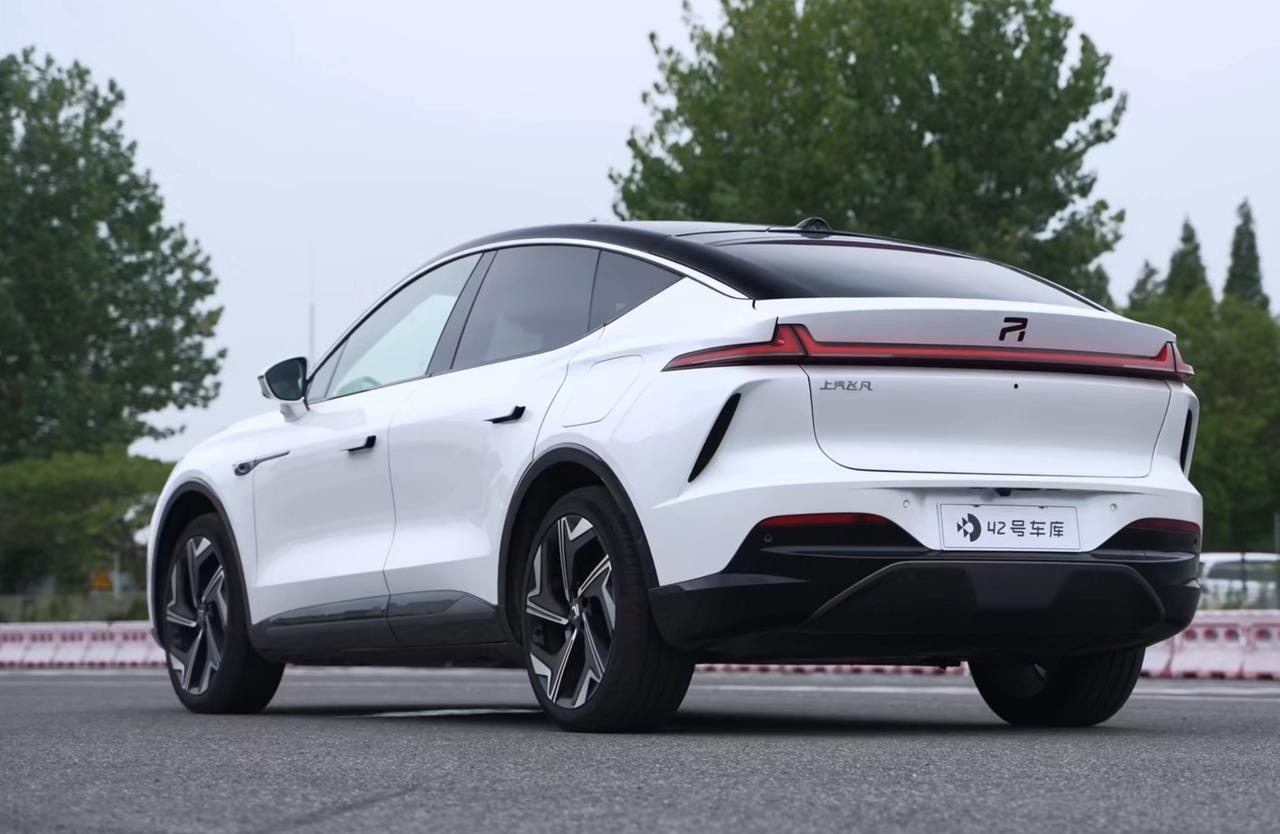
The RisingAuto R7 pictured looks like a car of the same size as the Model Y, with the streamlined body design somewhat impairing the visual impact of its 4.9m length. Features such as the flying-wing-shaped daytime running lights, the sloping shape, and the upward line at the end of the car window, present a simple and fluent style for the RisingAuto R7, along with coordinated 21-inch wheel hubs, which altogether resemble a small steel cannon model.
However, when you park the RisingAuto R7 next to the Model Y, you can still feel its “presence” firsthand.

Performance Chassis
RisingAuto is not the first manufacturer to make the car larger than Tesla, as shown in the table, Model Y falls behind every competitor in three-dimensional size, yet can still easily take on other brands alone in terms of sales.
So, what is the problem? Has the average income increase caused consumers who buy 300,000 RMB SUVs to switch from family users to urban unmarried youths? However, Model Y’s sales figures, always exceeding those of Model 3, seem to tell us that consumers still prefer larger space.
Therefore, for all car models claiming to be Model Y competitors, the only way to achieve sales is to start with Model Y and enhance the differentiation in its shortcoming areas, as size is only one aspect.
The current Model Y has an acceleration performance of 6.9 seconds per hundred kilometers, while the high-performance version has an acceleration of 3.7 seconds. If buyers can purchase the high-performance version at the same price as the regular version of the Model Y, it will be a precise and targeted strike at potential Model Y users.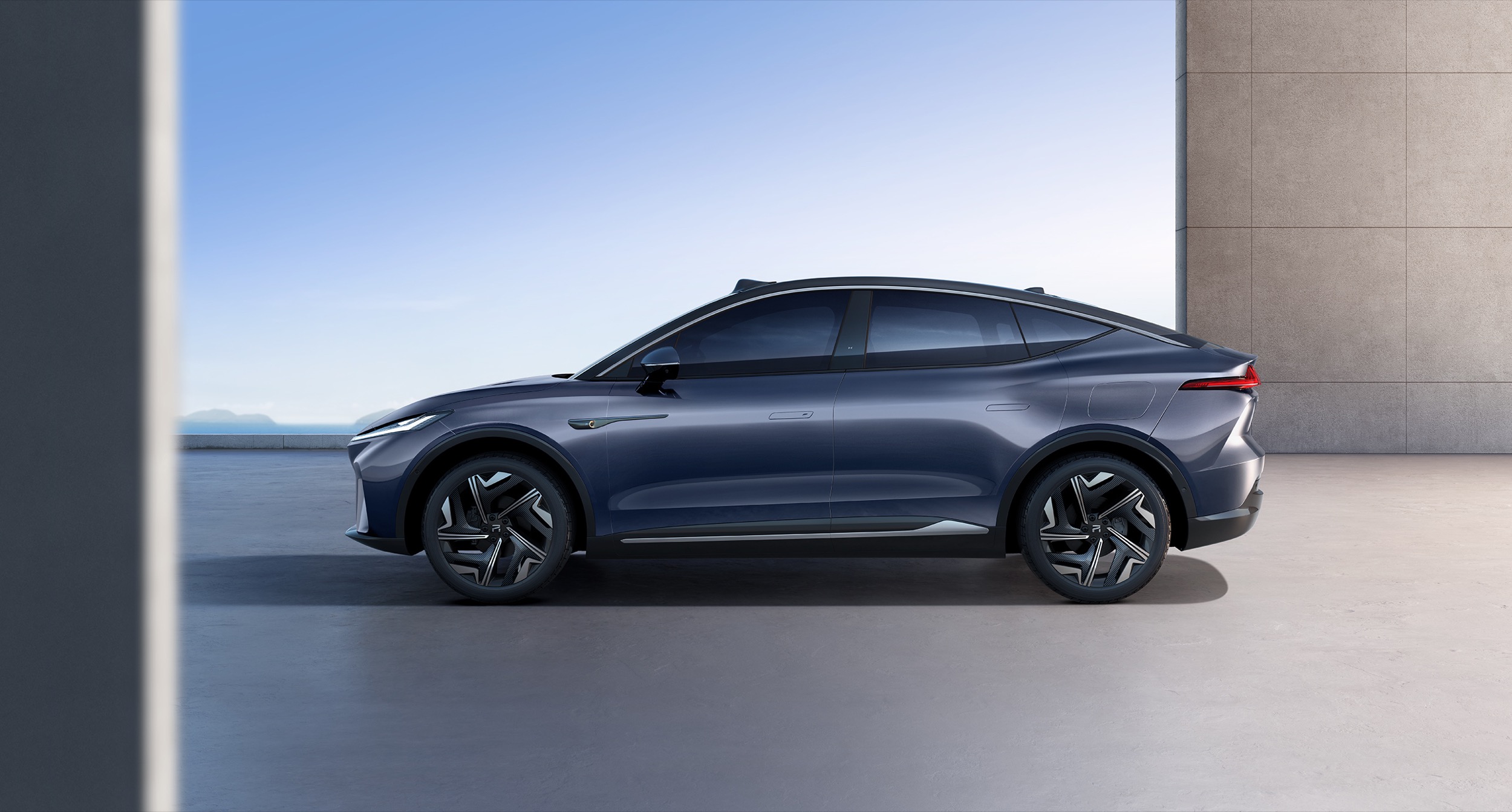
The RisingAuto R7 is divided into single-motor and dual-motor four-wheel drive versions, with a peak power of 400 kW and a peak torque of 700 N·m for the four-wheel drive version, and a zero-to-hundred acceleration time of 3.8 seconds, entering the 3-second track. With the new 8-layer Hair-pin flat wire motor, and the direct waterfall oil-cooling technology with higher heat dissipation efficiency, it can maintain peak performance for a longer time, and the greater the current in the winding, the stronger the power; the smaller the resistance, the higher the efficiency.
Screen Armed to the Teeth
If accelerating to the 4-second mark is just a momentary pleasure when overtaking, then the intelligent level of the cockpit of the Tesla Model Y can be described as the weak spot of the model and is under heavy siege from competitors.
From the information currently available at the press conference, the cockpit hardware of the RisingAuto R7 is also very hardcore:
- 15.05-inch, 2.5k resolution, OLED flexible material central control screen
- 10.25-inch, 1,920 * 720 resolution, Mini LED material instrument screen
- 12.3-inch, 1,920 * 720 resolution, Mini LED material co-driver screen

Even when viewed on a mobile device, these three screens are a leading presence. In addition to being large enough and having a resolution equivalent to Full HD, the material is also one of the highlights of the three screens on the RisingAuto R7, using OLED and Mini LED automotive-grade screens from BOE respectively.
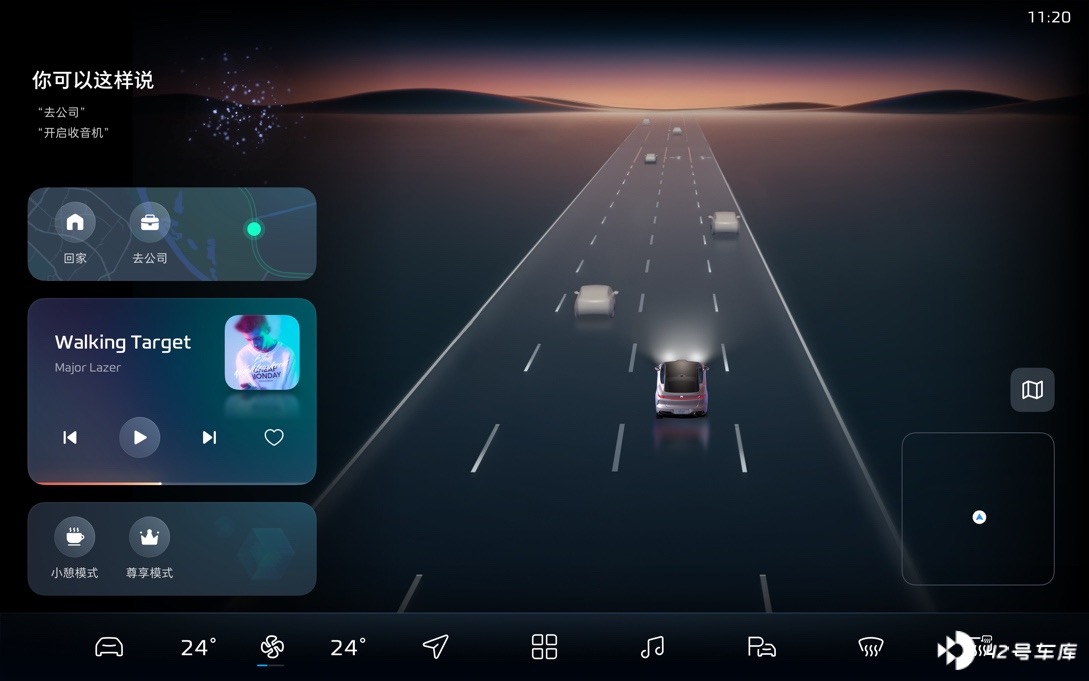
The RISING OS interface. In terms of layout, it adopts a more common form of a bottom Dock bar + right map + left shortcut card. RisingAuto named the left quick card as “Widget custom component”, which can be freely displayed or hidden.
Through the guidance of colors and light and dark, the instrument replicates a driving scene with a sense of space, and the visual center of gravity of the screen always focuses on the road.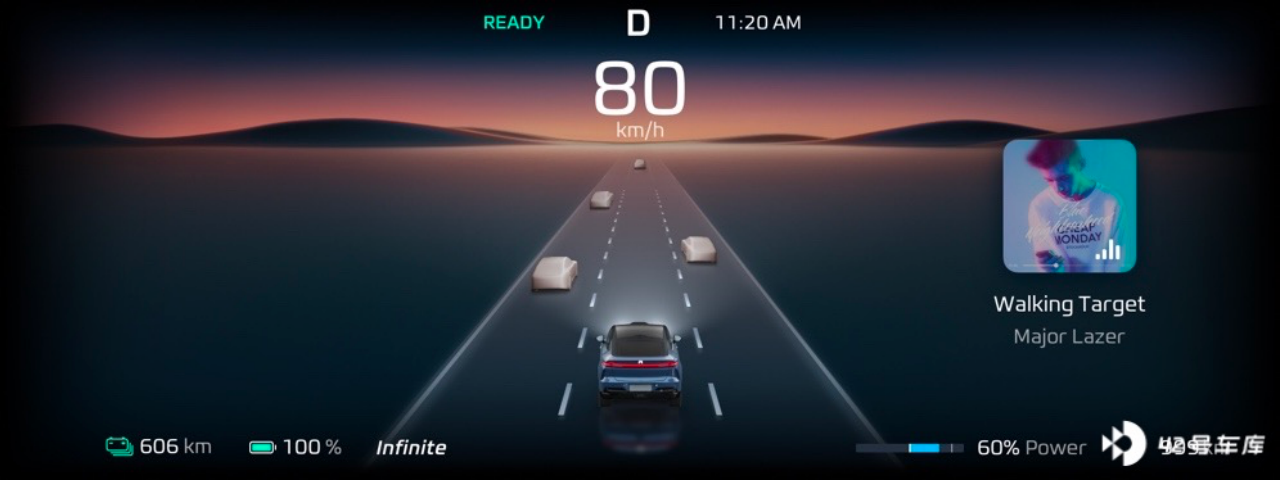
In addition to the three large screens, the RisingAuto R7 also globally premiered the Huawei augmented reality (AR) heads-up display (HUD) system, which can display speed, speed limit, and driver assistance status, as well as project navigation information.
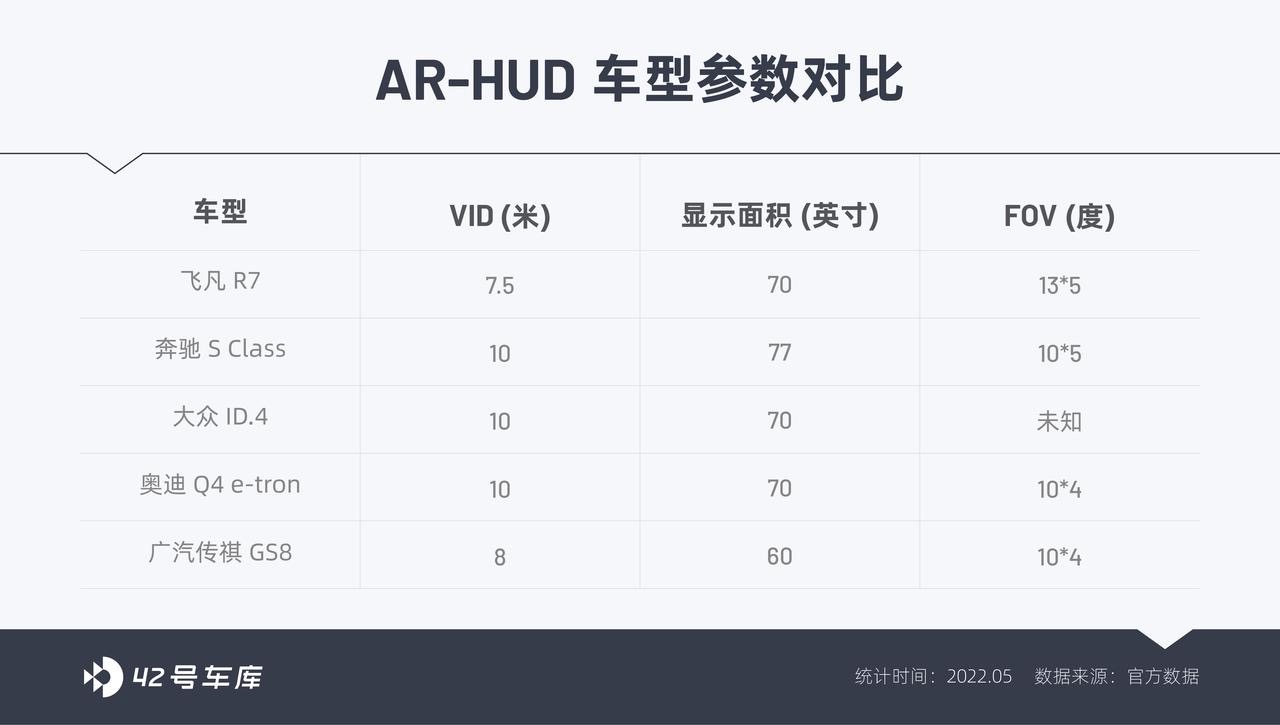
As introduced earlier, this HUD can achieve lane-level real-life navigation by superimposing displayed images onto the road surface.
Accolades for driver assistance
While Tesla FSD is powerful, the “full autonomous driving capability” in China is weak. For the price of RMB 64,000, you can only obtain a useful lane keeping feature and an aggressive highway pilot. Many early Tesla owners had to sell their cars without waiting for the advanced features marked “to be released later” on the interface.

Tailoring to local conditions, exploiting weaknesses, and launching a blitzkrieg
In addition to the optional LUMINAR 1550 nm high-spec laser radar, the RisingAuto R7 also comes with the Premium 4D imaging radar + 8 million cameras + Orin X chip model, as well as Hella’s enhanced long-range Lidar, ultrasonic radar, and high-precision maps.
Compared to the traditional millimeter wave radar, Premium 4D imaging radar can provide point cloud capability, which outputs four indicators: distance, horizontal and vertical location height, and speed. It adds “detecting object vertical height” to 3D radar, thus improving the detection rates of static obstacles. Therefore, 4D imaging radar can directly identify objects such as cones, road signs, and stationary vehicles.

In rainy, snowy, or dusty weather, the performance of the 4D imaging radar remains excellent, which can also compensate for the decrease in recognition ability of cameras and laser radar in adverse weather.
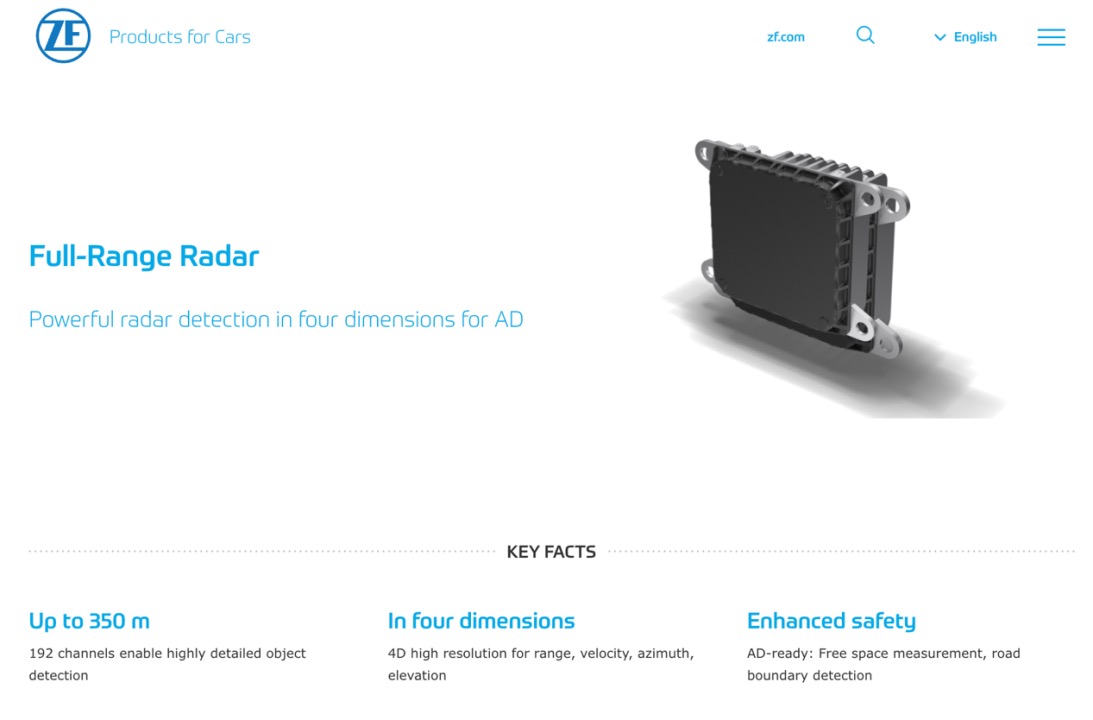 In terms of perception hardware, this is probably the highest precision, highest cost, most redundant, and most demanding autonomous driving solution for fusion algorithms currently available.
In terms of perception hardware, this is probably the highest precision, highest cost, most redundant, and most demanding autonomous driving solution for fusion algorithms currently available.
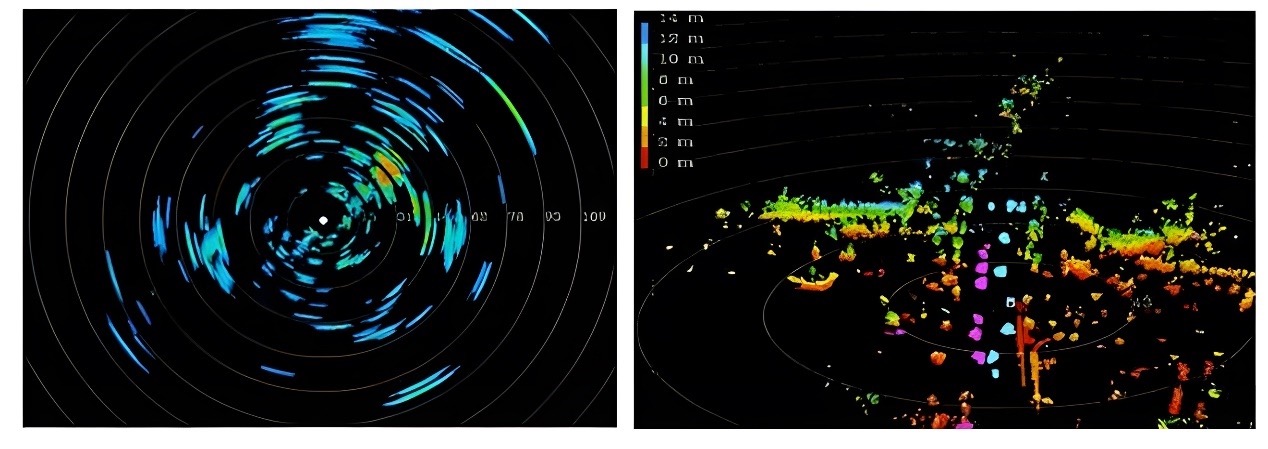
The enhanced perception hardware requires the FEV R7 to be equipped with a powerful computing platform – the NVIDIA Orin X chip, which has a computing power of 254 TOPS per chip.
RISING PILOT synchronizes the front and rear fusion processes, performs post-fusion on the independent perception results of vision, millimeter wave, and LiDAR, and comprehensively fuses the front-fusion results of LiDAR/millimeter wave + image for a complete observational cycle, while integrating high-precision map information in the RISING PILOT navigation function. By fully fusing these environmental elements, accurate measurement and accurate judgment of the vehicle’s surroundings are achieved, providing a complete and complex environmental model information for the implementation of back-end functions.
In layman’s terms, the decision-making behavior of the entire autonomous driving system is treated as a meeting, the behavior decision module is treated as the decision-maker, and the 33 perception hardware components are treated as attendees.
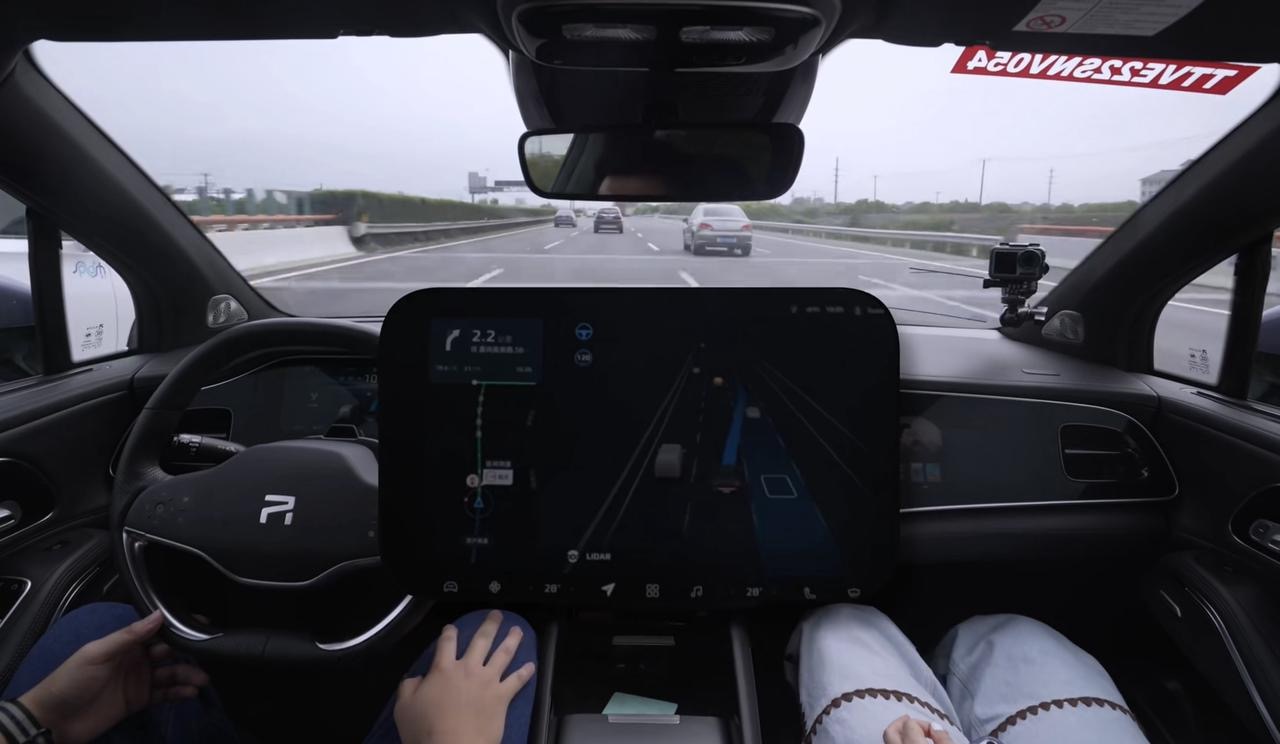
A few days ago, during our actual tests of the FEV R7, we were pleasantly surprised by its performance. It could maintain a minimum speed of 42 kilometers per hour when turning, without significantly slowing down compared to other vehicles in the turns.
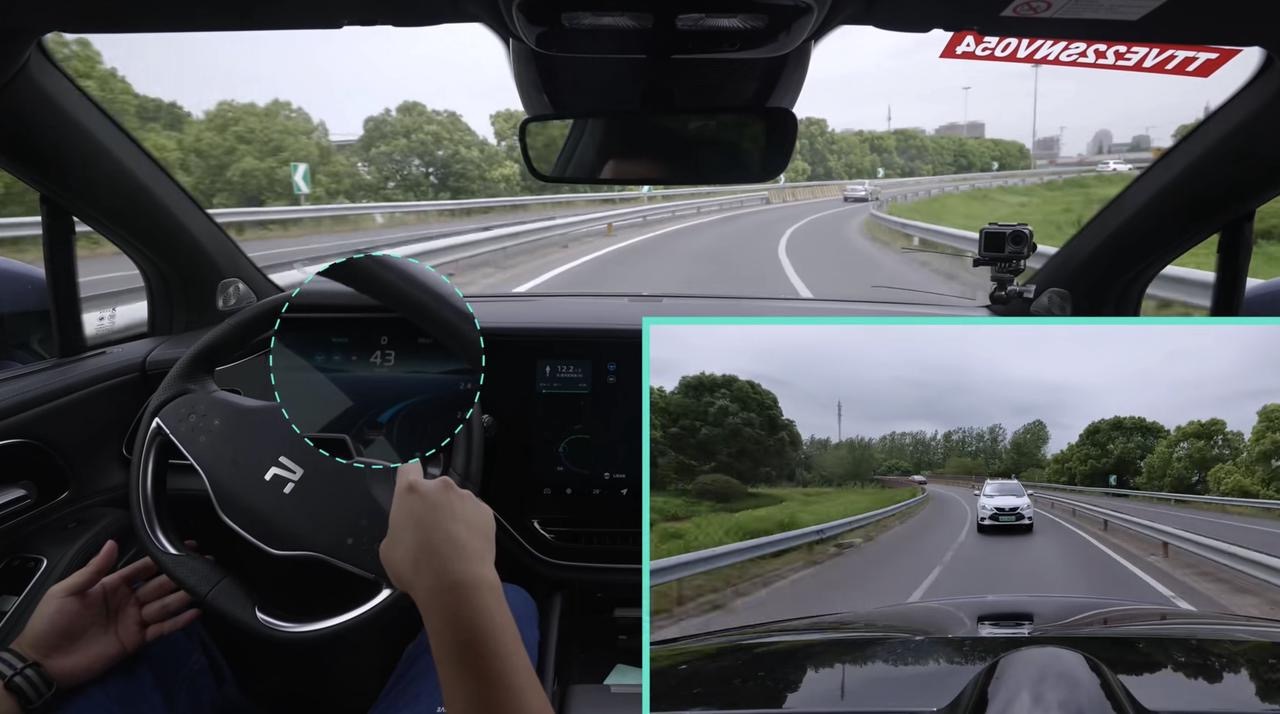
In 16 curved road tests, the FEV R7 successfully passed 15 times, with the only failure due to the presence of a car on the right side when exiting the curve, prompting the driver to take over manually.
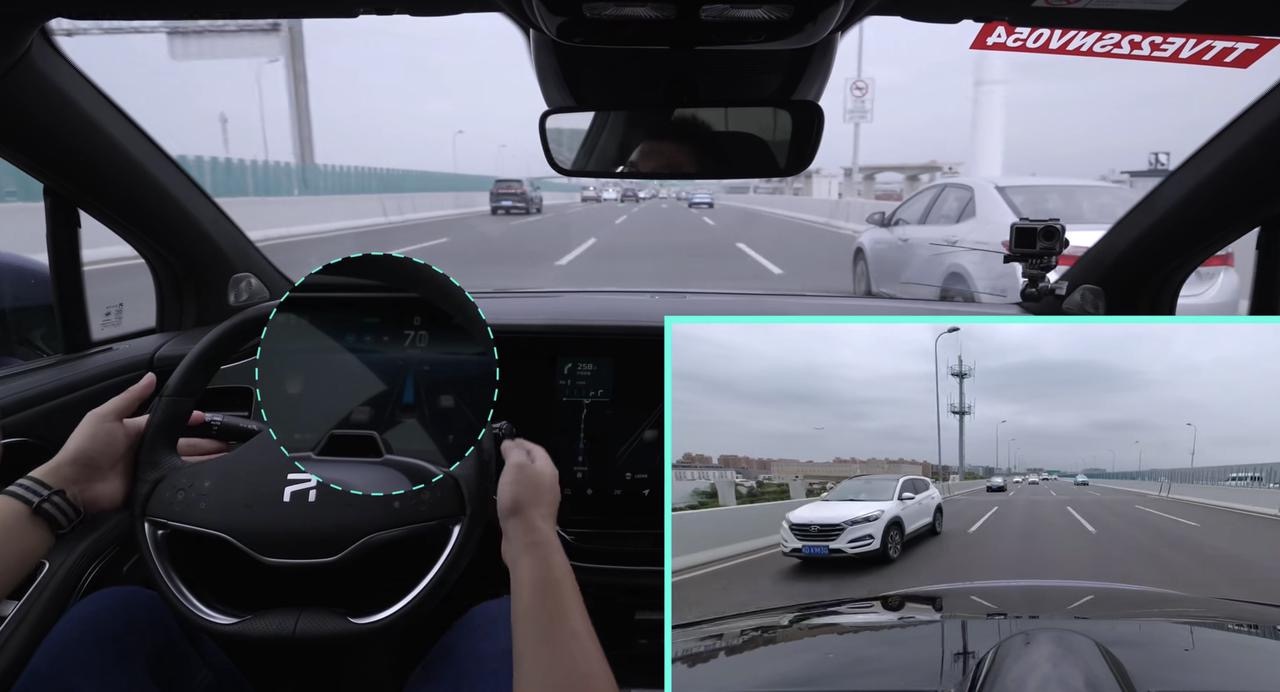
There is an interesting detail on the lane-changing strategy of the FEV R7: the driver can choose the lane-changing style of the high-speed navigation system, which corresponds to comfortable, standard, and sports styles, making it easier for those who do not like frequent lane-changing while driving on highways to use the high-speed navigation system. In our test section, the standard mode changed lanes 4 times and the sports mode changed lanes 10 times.
Conclusion
By using the R7 product, FEVOUN has started the second half of the intelligent electrification competition, which is a solid step for FEVOUN. One of the most important reasons why FEVOUN has achieved a steadier pace than expected is because FEVOUN understands what they and their users need in this era of intelligence.
In this era of intelligence and automation, FEVOUN has chosen to self-develop full-stack technology for intelligent driving, controlling the research and development as well as the quality of the functionality. With a team of over 500 people, FEVOUN has demonstrated their determination.
At tonight’s press conference, we witnessed FEVOUN’s sincerity. As a new beginning for the FEVOUN brand, we hope that its arrival will bring changes to the market structure of medium-sized pure electric SUVs.
This article is a translation by ChatGPT of a Chinese report from 42HOW. If you have any questions about it, please email bd@42how.com.
